On the Way to a Digital Revolution in Construction
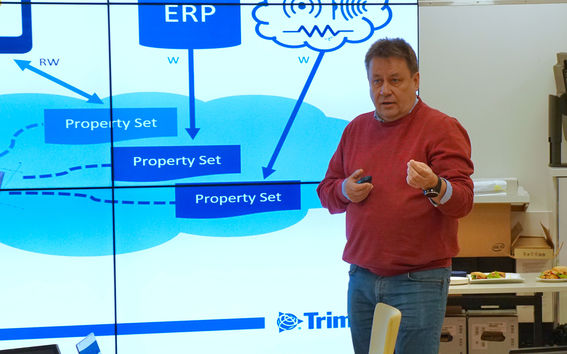
“Some of Aalto’s research projects have indicated that productivity in construction is certainly not optimal,” claimed Jukka Suomi, digital construction manager at Trimble. “For example, iCONS – another research project – found that just around 30% of an interior worker’s time on site added value and that employees spent 50% of their time in a location other than where they were expected to be.”
Suomi mentioned further research into what workers are doing when they’re not on site. They’re either waiting (40%) or in movement (30%). Suomi calls the present state of construction work opportunistic: people with good intentions are trying to work efficiently while looking for the right place to do it.
The drivers of digitalisation
Through DiCtion, Trimble is aiming to make data consumption as effortless as possible. Suomi believes that when information is readily available, easy to consume, up to date and supports work optimally, a digital revolution will follow. Good examples and useful applications of technology will eventually change how people behave and how they carry out processes.
Rita Lavikka from VTT is a member of the DiCtion project. She has talked about the drivers of digitalisation. She argues that both technological opportunities and sociological and societal transformation can lead to business transformation. Moreover, the right regulations and governmental requirements for digitalisation can speed up the transformation, as we’ve seen in the UK, for example.
According to Suomi, digitalisation can lead to the adoption of a sociological element that is currently missing in construction, namely collaborative, distributed and transparent decision-making.
Trimble is stimulating the data-driven evolution of construction processes. This occurs when participants use common data models for their digital and collaborative workflows. Next-generation applications and an open integration platform are also important in realising Trimble’s vision. The DiCtion ontology, a shared data model developed by the project, is fundamental to this.
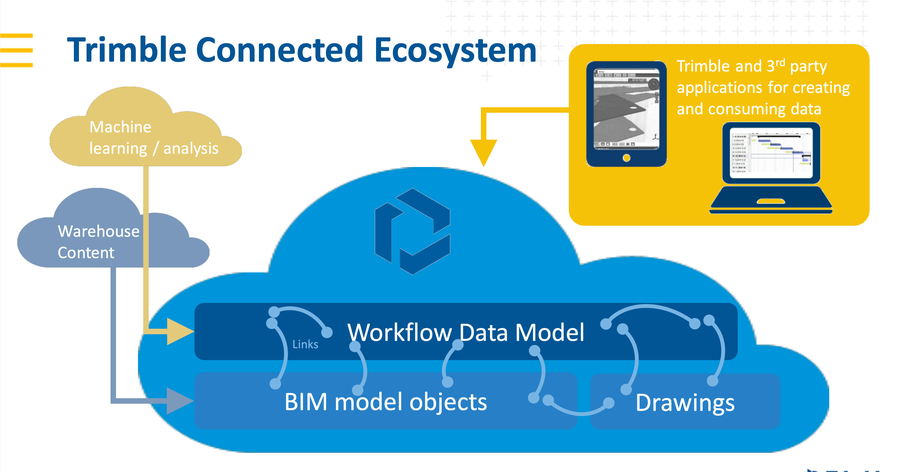
Digitalisation makes situational awareness attainable
Achieving good situational awareness is one of the key objectives of DiCtion. Situational awareness gives participants a real-time picture of what has happened, what’s happening right now, and what should or is going to happen.
Trimble studied shared situation pictures previously in the DRUMBEAT research project, which tracked construction actions at a detailed level. Systematically collected data allow in-depth reporting and analysis based on several factors, for example, accrued quantities, costs and time.
The present situation can be visualised using real-time data captured by IoT sensors. For example, a number of researchers at Aalto University have used Trimble Connect to collect and visualise sensor output from construction sites.
“The most challenging aspect of situational awareness is deciding what tasks should happen next,” noted Suomi. “Currently, a general contractor can’t plan the work of their subcontractors in sufficient detail. My answer is crowdsourced or collaborative production planning. Let those who best know how to do their work also plan their work.”
Connecting workflows through the cloud
Previous generations of construction software were either local or ran on internal legacy servers. Trimble has taken the approach that is becoming prevalent by offering a cloud-based service. Trimble Connect allows users to view BIM objects and drawings and to query their data. Conversely, some users never interact directly with the service; it is in the background, taking care of the data exchanged by their application through APIs.
Through DiCtion, Trimble is developing a workflow data model for Connect, using the DiCtion ontology as a reference. The company is establishing a collaborative production environment with many features, including status sharing, property set management, breakdown structures, sequencing functionality and a content browser.
Property sets allows users and sensor-based systems to link attribute data to the objects in an IFC model in the cloud. The model itself is not altered, which means that its originator can update it when needed.
“I think that property sets are one of the most powerful tools for building collaborative integrations,” declared Suomi. “The augmented data can come from manufacturing, construction workflows and so on. Eventually, the data will flow in from IT systems, not from people.”
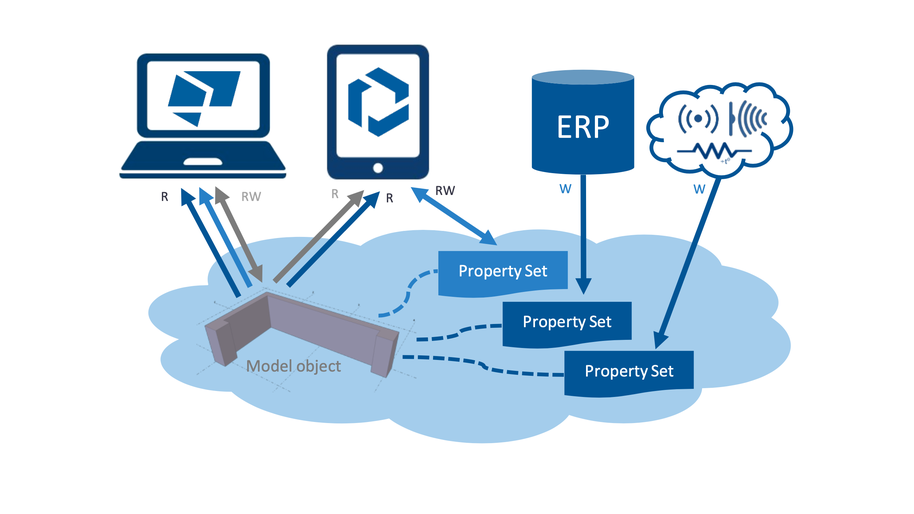
Breakdown structures take data sharing to the next level
Trimble has used the DiCtion ontology to develop breakdown functionality for Trimble Connect. Breakdown structures allow users to analyse models based on various criteria. For example, they can create location-based schedules, present work breakdowns and organise building parts into groups based on their material or structural type.
By combining product and work breakdowns and making them shareable, new use cases and opportunities emerge. A contractor, for example, can attach tasks and schedules to building elements. They can also see when a manufacturer plans to produce the elements in question. This transparency helps in detecting and avoiding scheduling conflicts, which can be costly.
A systemic change in the making
The work done in DiCtion is paving the road to a connected ecosystem. This is a vision in which BIM objects and DiCtion data structures form a backbone onto which various systems can connect to consume and share data. These can be construction project management systems, manufacturing systems or any other type of system that transfers data from and to the cloud. Trimble Connect and the content browser have a user interface for project participants. In addition, 3rd party applications, such as ERPs, can communicate with the cloud service.
A connected ecosystem will open new horizons for lean production planning, cost estimation, procurement, manufacturing and so on. Combined with machine learning, these approaches will lead to better optimisation and productivity improvements.
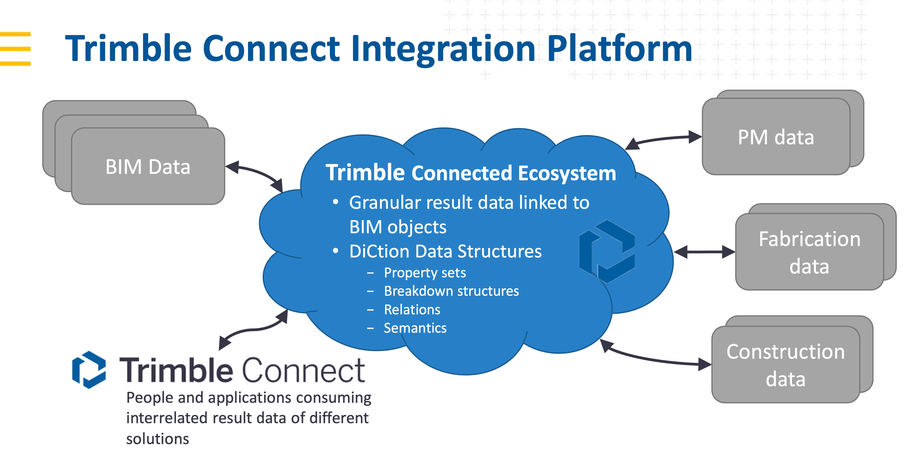
“Our ultimate goal is a systemic change in the industry. This will result in collaborative and distributed production and logistics that knit together all the producers in the entire supply chain,” stated Suomi. “We’re pushing the industry towards lean production scheduling with look-ahead planning. Everybody should have, at least for the next week, a shared situation picture.”
Suomi is very happy with the collaboration with Aalto researchers. They are great sparring partners and the factual data they provide from construction sites is invaluable. Aalto helps Trimble to understand what the markets need, which is extremely useful in software development.
“As a consequence of our work in DiCtion, our Finnish office has become a centre for cloud service know-how within Trimble globally,” Suomi concluded proudly.
Read more news

Research Council of Finland establishes a Center of Excellence in Quantum Materials
The Centre, called QMAT, creates new materials to power the quantum technology of coming decades.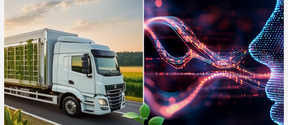
Two Unite! Seed Fund projects involving Aalto secure top EU funding
Two prestigious EU grants have been awarded to projects that were initially supported with Unite! Seed Funding. Both projects involve Aalto.
Major funding powers development of next-generation machine technology aimed at productivity leap in export sectors
The BEST research project is developing new types of sealing, bearing, and damping technology.






